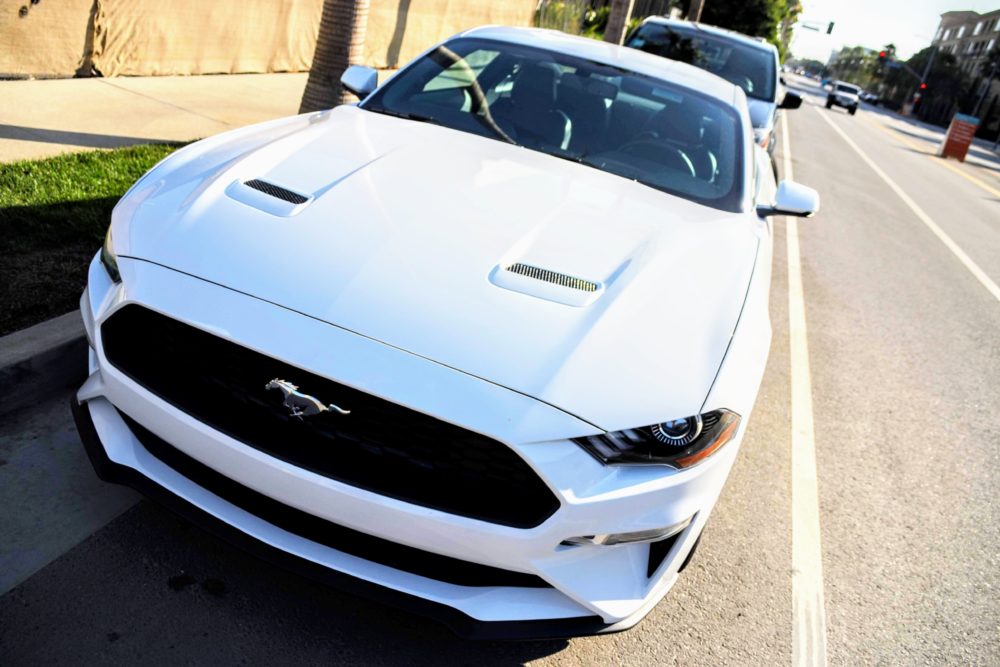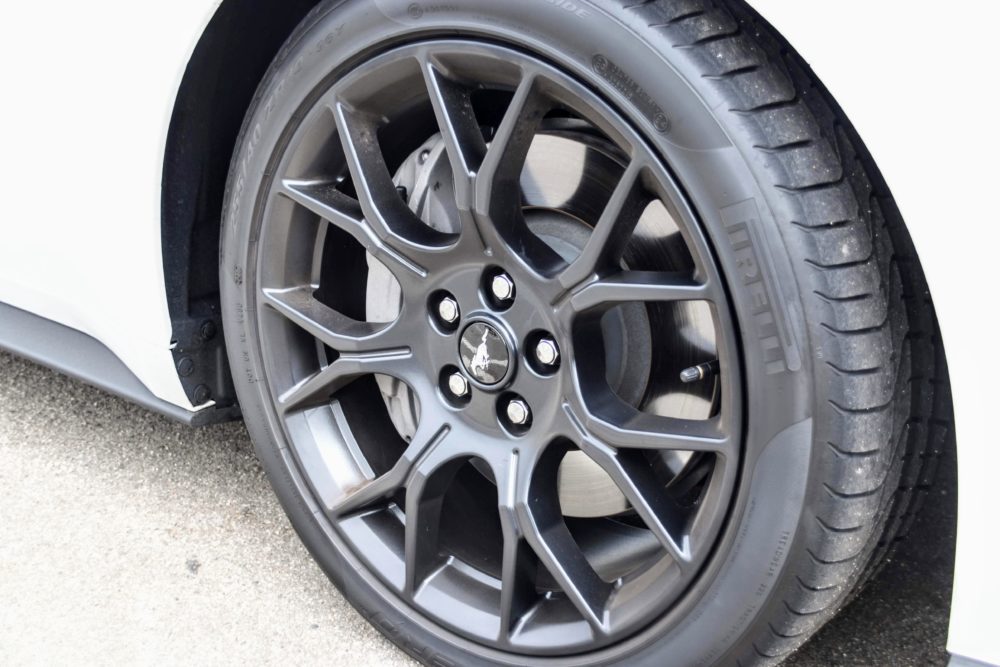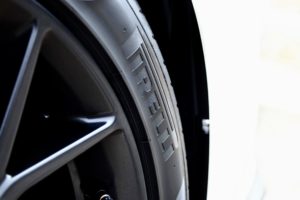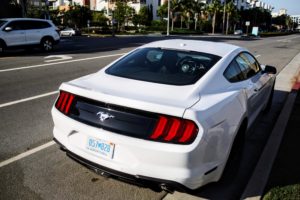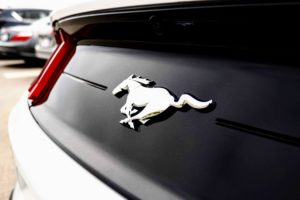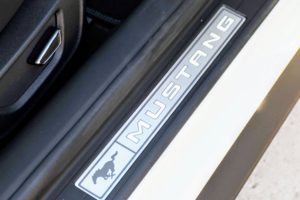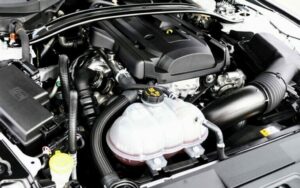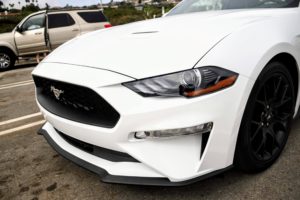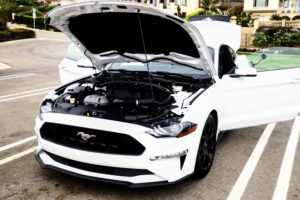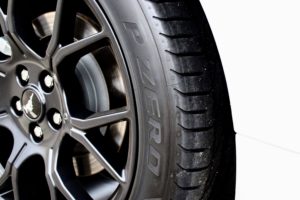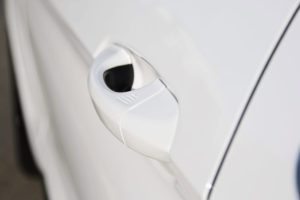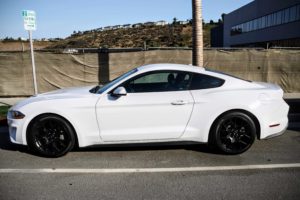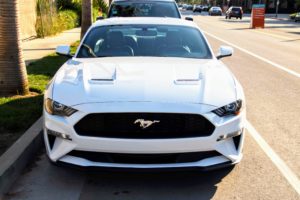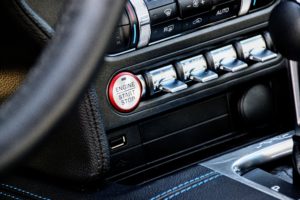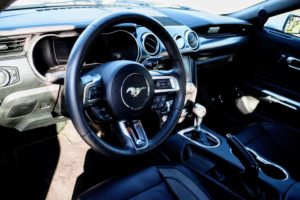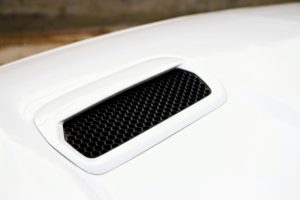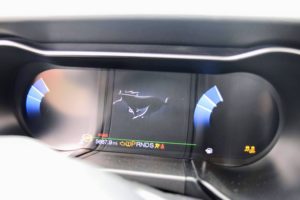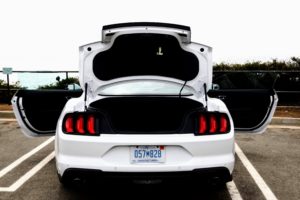Mustang EcoBoost: Ford’s Gas-sipping, Turbocharged Sporty Coupe
Mixed-bag Acceleration
Here’s where things get fun, and dicey, at the same time. The throttle in this thing rips. Big time. In fact, it is so responsive that feathering it is damn well near-impossible from a standstill. The turbo in this Mustang EcoBoost spools so quickly that I’ve chirped the tires on more than several occasions by simply giving it a little power as I made U-turns, or any turn for that matter. I can say that I’ve gotten on average about 10 to 13 psi of boost with each acceleration.
Of course, for all of it’s “jack-rabbitty” power delivery in all of the modes, this makes for somewhat rough riding and less-than-stellar MPG. That isn’t to say it has poor fuel economy—not by a long shot. It simply means that this car fits two particular demographics; the performance package-equipped Mustang EcoBoost is for someone who really wants the looks and sportiness of a GT, but wants better fuel economy in general. This is a person who probably owns a GT or GT350 already.
‘For what it’s worth, the Mustang EcoBoost with its performance package is super fun to drive, but it’s definitely not a universal car.’
Or maybe it is a teenager with well-to-do parents who wants a GT, but he/she gets this car instead because it is a four-cylinder, and therefore “safer” in the parent’s eyes. For both scenarios, I’d say it satisfies those niches perfectly. However, at $38,980 (base price is $30,600, the performance package adds $8,380), I’d say it falls short as a daily driver.
I personally got about 14.5 MPG total for the entire seven days I possessed the vehicle, and that is with a mixture of conservative and aggressive driving on both the highway and street. The average commuter looking for a gas-saving, sporty-looking coupe will easily opt for the base model price before ever knowing how the Mustang EcoBoost equipped with all these goodies even performs.
Handling & Braking
The base model Mustang EcoBoost handles nicely on its own. Equip it with the performance package and you seriously have an nigh track-ready vehicle. In Track mode (cue the “all the things” meme), it torques all the things, surgically shifts all the gears, and powers all the horses. It is so good at this that it may even beat a 5.0 in real life like this V6 did.
In Sport and Sport+ modes, the suspension stiffens up nicely and allows you to bank and corner with ease. The MagneRide dampers are nice, however there were a few times where they overcompensate during turns, causing some understeer and snap oversteer.
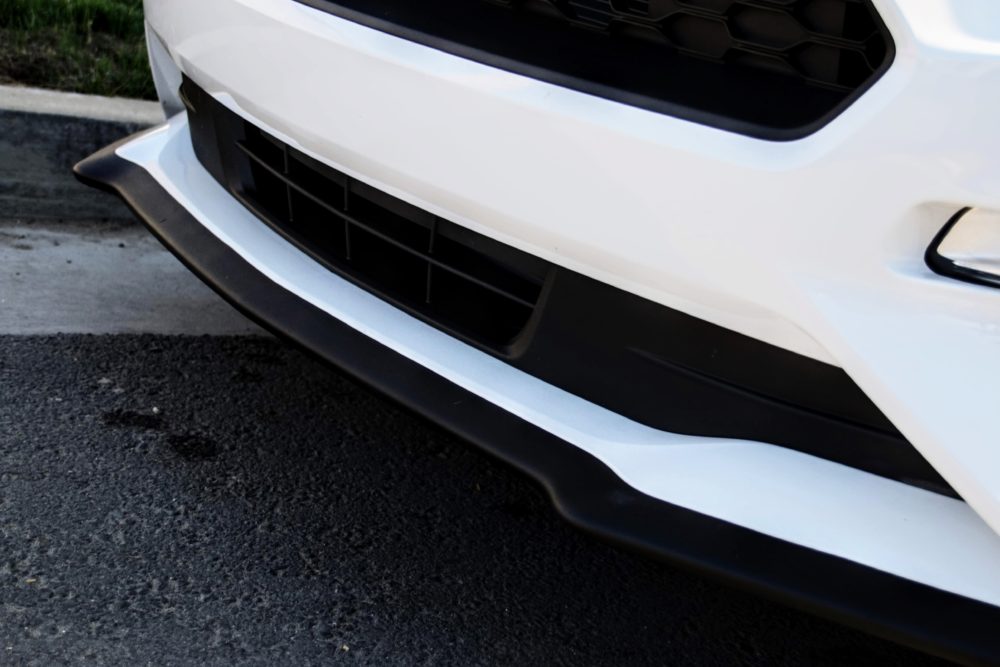
The front splitter aids with downforce and makes this Mustang EcoBoost an even greater joy to drive with its already decent PZERO tires. Add the larger brakes you get with the performance package, and you’ve also got more than enough stopping power.
I traveled to Palos Verdes, California to drive on the bumpy, curvy Portuguese Bend Road to test out the suspension. Though not as brutal as Malibu Canyon’s switchbacks, it is nonetheless a decent test. As expected, it handled the curves and bumps like a champ in Sport and Sport+ modes.

It’s worth noting that the drive and sport gears on the shifter restrict your driving modes, too. While in the drive gear, the default mode is Normal, and from there you are able to select Sport+, Track, or Snow/Wet. Strangely, you cannot select Sport while in the drive gear. While in the sport gear, you have access to Track, Sport+, Sport and Drag modes, but not Normal mode. Also, you can change the steering feel in Sport but not in Sport+, which seems to default to the tightest and most responsive steering. Go figure.
Final Verdict
For what it’s worth, the Mustang EcoBoost with its performance package is super fun to drive, but it’s definitely not a universal car. At the price point, you’re better off getting a base model GT, which we cover in the next review.
Need more visuals? Take a look at the gallery below.
Photos & Video for The Mustang Source by Derin Richardson

